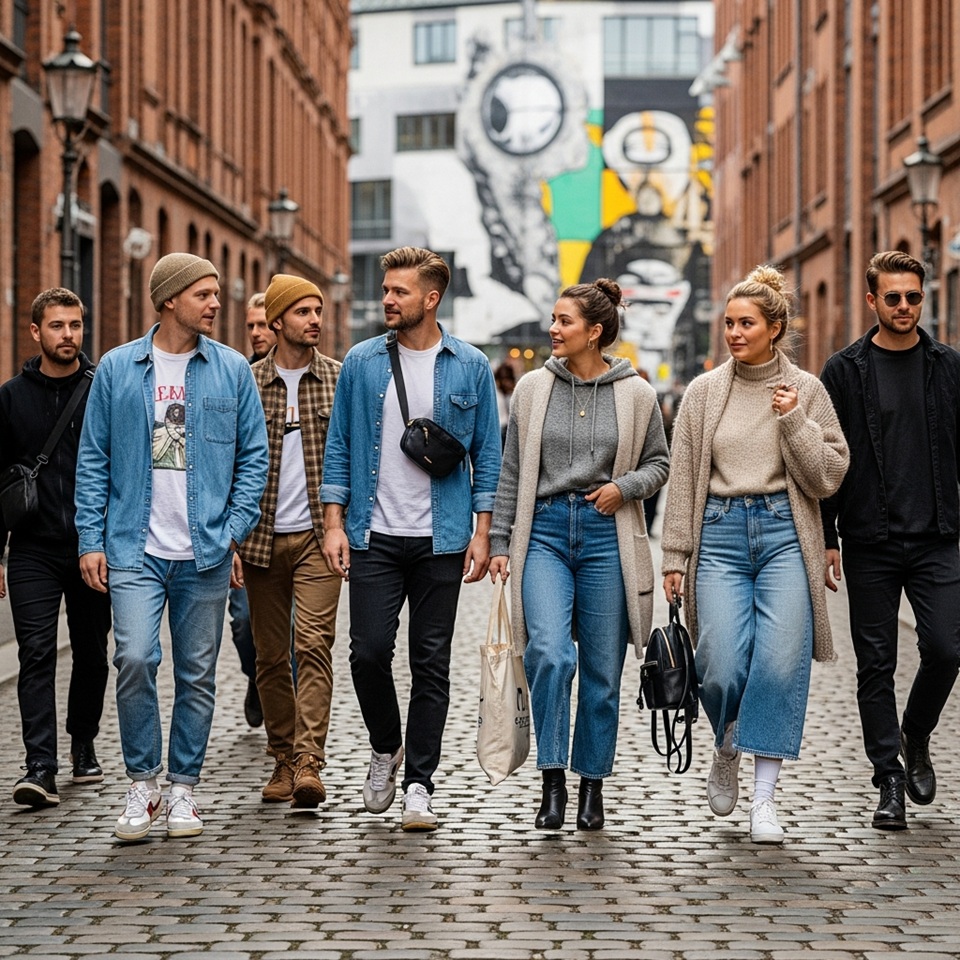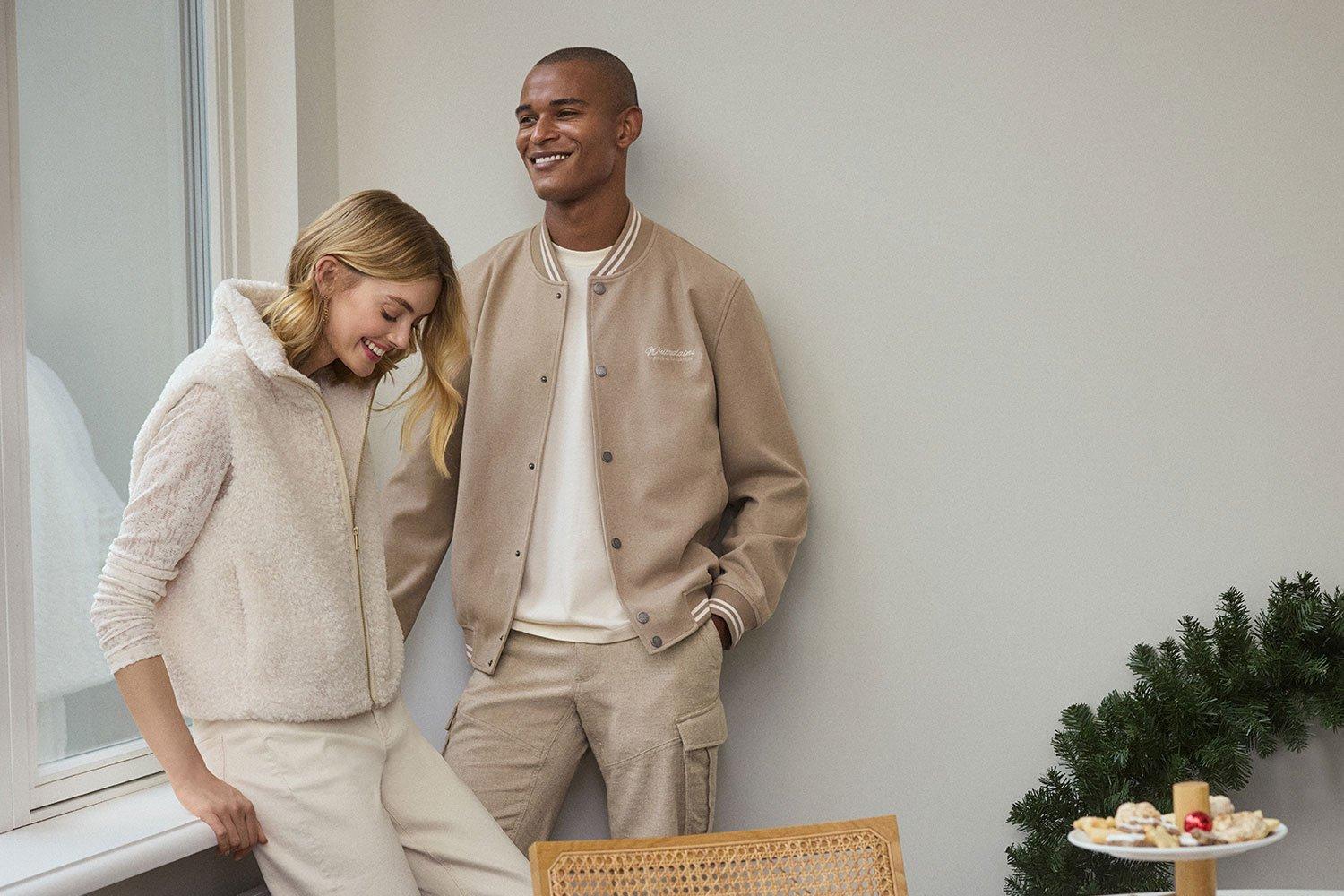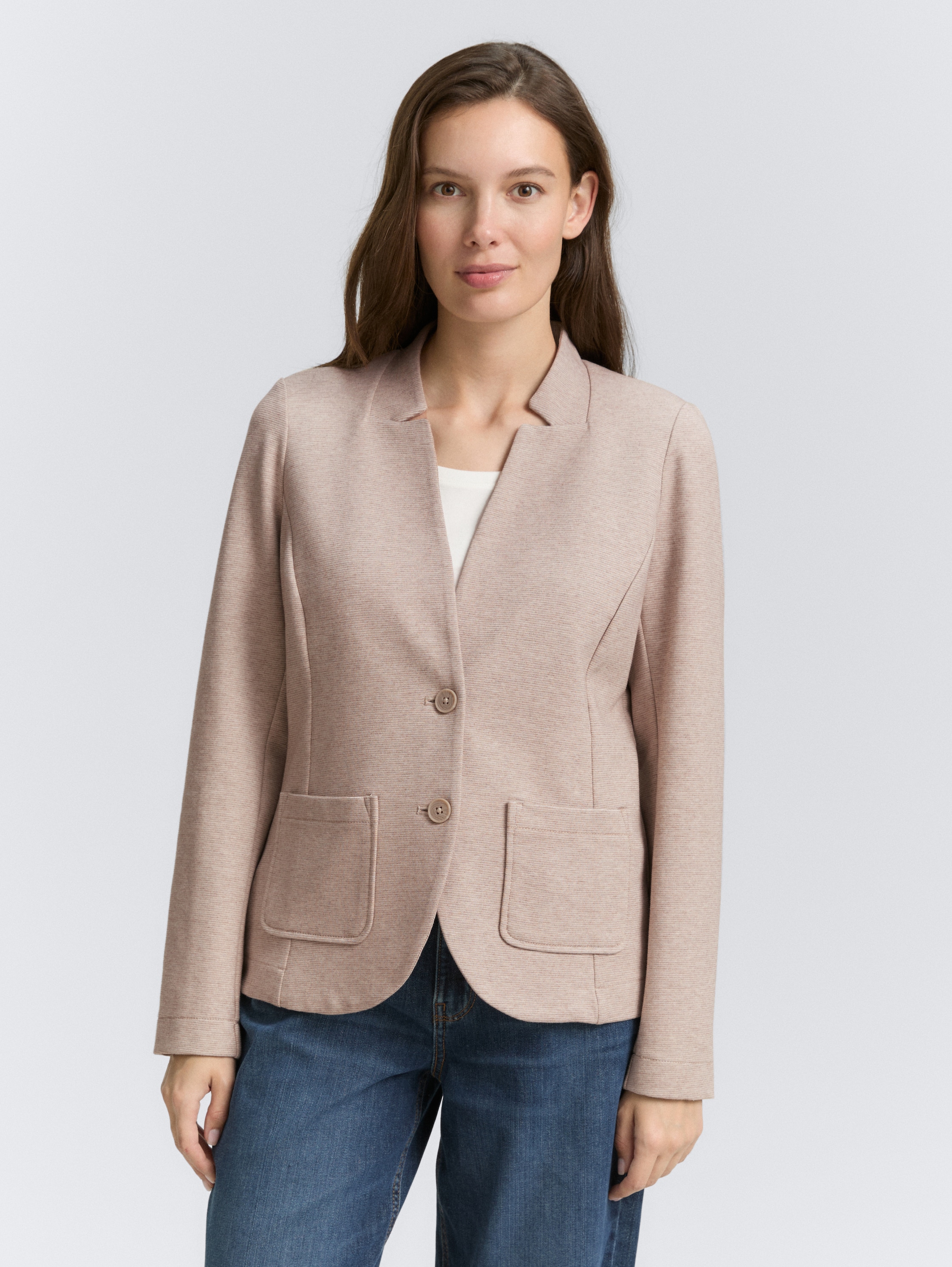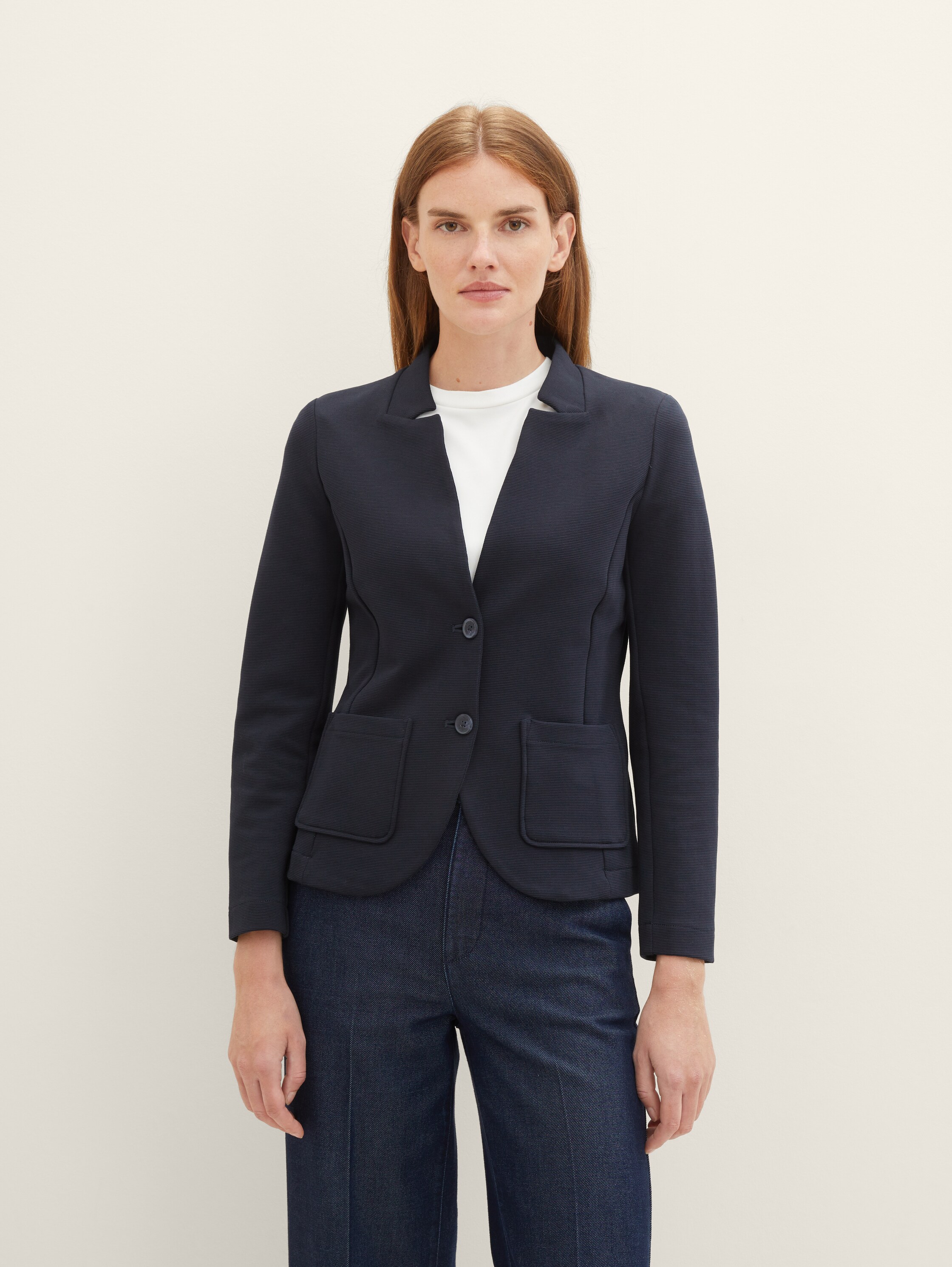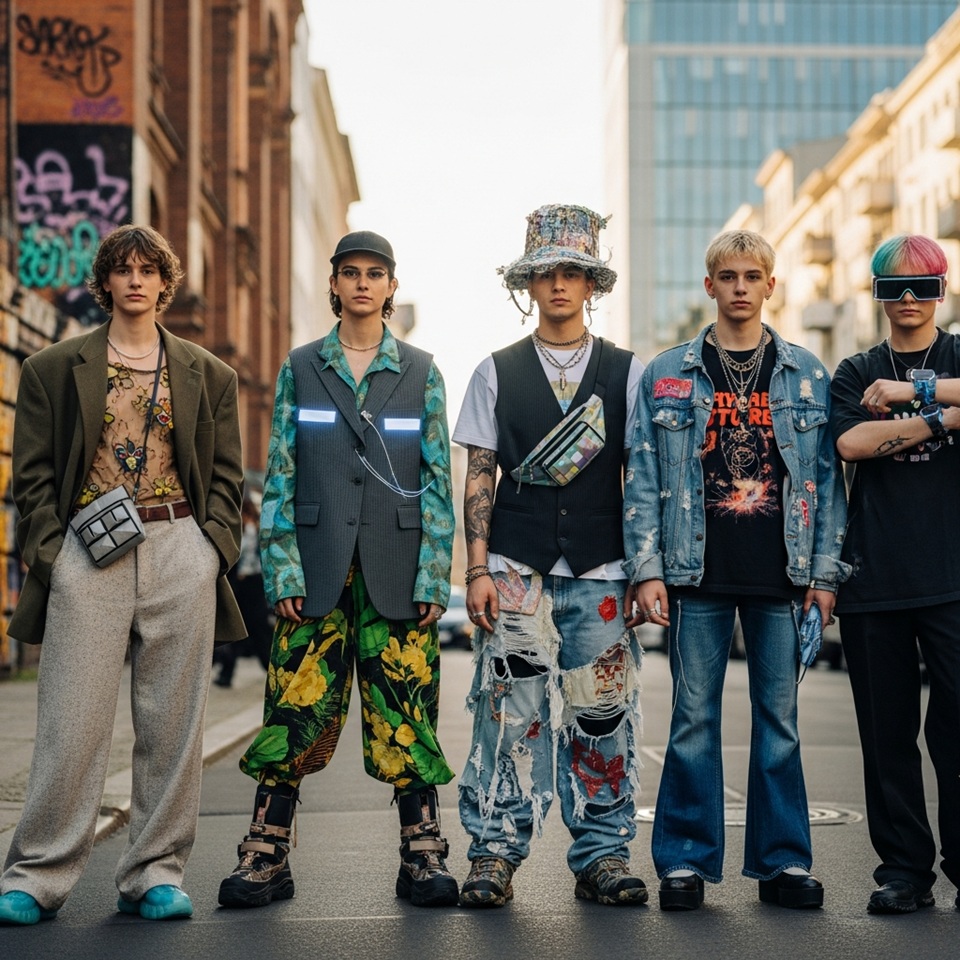Casual German Fashion Trends – Discover the Latest Styles Now
If you’re curious about how casual fashion in Germany is evolving, you’re in the right place. I’ll walk you through what’s happening in the German market in 2025, with a focus on how sustainability and functional versatility are influencing everyday looks. You’ll see how German street style (and beyond) is leaning into “The Best Street Style” while also embracing quality, longevity and practical wearability.
We’ll address current resolutions (what the market is trying to do), challenges (what’s holding things back), and how individuals can apply these insights to their wardrobe. My goal is that by the end, you not only know the trends but also feel confident about how to use them in your own style.
Why German casual fashion deserves attention
Germany’s fashion identity has long blended practicality with style. In casual wear, this means quality fabrics, neutral or muted tones, functional cuts, and an emphasis on wearability. But now in 2025, the fashion market in Germany is shifting in interesting ways: sustainability, functional versatility, and street-style influence are becoming central.
For example, one recent overview noted that Germany is “quietly becoming one of Europe’s most influential voices in the sustainable fashion movement”. Glamour Germany. Also, consumer behaviour supports this: research shows rising demand for eco-friendly materials and supply-chain transparency. duscons.com+1
So if you care about casual fashion that works in everyday life, fits into a conscientious ethos, and still looks good, the German casual trend scene offers a sweet mix.
Key Themes in 2025 Casual German Style
Let’s look at three core pillars shaping casual German fashion right now.
1. Sustainability + Quality over fast turnover
One of the strongest threads is sustainability. German labels and shoppers are increasingly prioritising garments built to last, made from lower-impact materials, and often produced under ethical conditions. For instance, many brands use organic cotton, recycled polyester, plant-based fabrics, and aim for circularity (reuse, repair, recycle). duscons.com+2Glamour Germany+2
In everyday casual wear this translates to: fewer impulse buys, more investment pieces, less disposable fashion. Neutral basics, clean cuts, durable fabrics.
For someone like you — staying at home, perhaps more selective with purchases — it means you can build a small core wardrobe with versatile pieces that you’ll rely on for several seasons instead of changing every few months.
2. Functional versatility
German casual fashion is increasingly about form and function. That means clothes you can lounge in, run errands in, meet neighbours in, or even dress up a little — without switching your whole outfit. Practical design is a German style hallmark (think: good tailoring, smart cuts, sensible fabrics) and now that practicality is merging with style.
Examples you might see:
-
Oversized blazers paired with relaxed trousers and sneakers.
-
Structured coats worn casually with jeans and a tee.
-
Layering that transitions from indoor to outdoor without needing a full change.
Because street style now demands adaptation: the same outfit can work for work-from-home, coffee with friends, and an informal meeting.
The German market is also about smart online shopping. In 2025, Germany’s fashion e-commerce revenue is projected to be significant. E-commerce Germany News That shows how casual wear needs to look good online (for photos, delivery, returns) and be comfortable in real life.
3. Street-style influence with minimalism and individuality
Streetwear has been a strong influence in Germany, particularly around cities like Berlin. There is a mix of youth culture, practicality, and individual expression. Baggy jeans, bold sneakers, bomber jackets still appear — but often curated, toned-down, merged with minimalist pieces so the look remains stylish without becoming costume. trendingfashionnews.com+1
What this means for casual wear: you can incorporate one “street” element (say, a chunky sneaker or statement jacket) and keep the rest simple & neutral. This strikes the balance between standing out and being wearable day to day.
Minimalism remains strong in Germany: clean lines, neutral colours, well-cut trousers, quality outerwear. trendingfashionnews.com
So the casual German style of 2025 often means: minimalist base + one statement or functional piece + sustainable mindset.
The Casual German Fashion Trend Table
Here’s a table summarising the main casual-wear trends in Germany in 2025, what you’ll see, and how you might apply them.
| Trend | What you’ll see | How you can apply it in your wardrobe |
|---|---|---|
| Sustainable fabrics & ethical production | Organic cotton tees, recycled polyester outerwear, vegan leather accessories. Good On You | Start with a few basics made ethically; patch up worn items rather than discard. |
| Functional versatile layering | Oversized blazer, relaxed trousers, transitional coats, sneakers instead of formal shoes. trendingfashionnews.com | Pick midi-outerwear you can throw over both jeans and a dress; pick one pair of comfortable sneakers for many occasions. |
| Colour palette: neutrals + one accent | Beige, grey, charcoal, black base; then a pop of colour (olive, muted rust, navy) or texture (corduroy, wool) | Build your base with neutrals; pick one “accent” piece per season. |
| Street-style element meets minimalism | Baggy or relaxed fit jeans, bomber jackets or parkas, sneakers, but clean silhouettes and minimal prints. FashionUnited | Try pairing your relaxed jeans with a crisp white tee and blazer; avoid too many logos or loud prints. |
| Digital shopping + smart logistics | High e-commerce penetration, online fashion purchases frequent in Germany. E-commerce Germany News | Use online stores for broad choice, but target pieces that fit the above sustainability & versatility criteria. |
Resolutions (What the German casual-fashion market is trying to achieve)
Here are the goals (resolutions) the casual fashion market in Germany appears to be working toward:
-
Less waste, more longevity. Designing and buying garments that last, reducing the “buy-and-discard” cycle.
-
Quality meets affordability. Ensuring more accessible brands incorporate sustainable practices so everyday casual wear can be responsible without being ultra-luxury.
-
Blurring indoor/outdoor boundaries. With more flexible working/lifestyle options, casual wear must adapt to both home and outside use — and Germany’s functional aesthetic matches that.
-
Local manufacturing and transparent supply chains. German brands increasingly highlight fairness, traceability and regional production. duscons.com
-
Adaptation to e-commerce and hybrid shopping. Making sure garments look good online (photos, influencers) but also feel comfortable in real life.
Challenges (What stands in the way)
Even with good intentions, there are clear obstacles:
-
Price gap. Truly sustainable materials and ethical production often cost more, which can push prices up and make it hard for everyday casual wear to remain affordable.
-
Supply-chain complexity. Sourcing organic or recycled materials, ensuring fair labour, tracking transparency — all add complexity for brands, which can slow rollout.
-
Consumer habit inertia. While many German shoppers are moving toward sustainability, a full shift away from fast-fashion dynamics takes time. Some consumers still buy impulsively or prioritise low price over longevity.
-
Fast-changing trends vs timeless basics. Streetwear influences move quickly; balancing trendiness with longevity is tricky. If you chase every new silhouette you might end up with many short-life items.
-
Sizing, fit and inclusivity. For casual wear that works broadly (including comfortable home wear and outside), ensuring good fit across body types remains a challenge.
-
Digital vs physical experience. While e-commerce is strong, actually feeling the quality, fabric, fit still matters — and online shopping can obscure that.
Practical Tips: How you can adopt these trends
Here are some actionable steps if you’d like to apply the casual German fashion trends:
-
Start with a strong base wardrobe. Pick 3-5 neutral classic pieces (for example a grey tee, black relaxed trousers, navy blazer, dark jeans, simple white sneaker) made in good quality fabric.
-
Introduce one statement piece. This could be: a bomber jacket with a minimal cut, a pair of chunky sneakers with good shape, or a relaxed-fit blazer. That gives you “street” flavour while the base remains timeless.
-
Look for sustainable labels or capsule collections. Even if you’re on a budget, check smaller brands or second-hand that emphasise durability. For example, German labels like ArmedAngels are leading in sustainability. Wikipedia+1
-
Mix textures & minimal accents. Use subtle textures (corduroy, wool, rib) or one pop of colour (olive, rust, navy) to keep the look interesting but not over-done.
-
Focus on layering and transitions. Especially for casual wear in Germany’s climate, aim for pieces you can layer: a tee, shirt, light jacket, outer coat. That gives you adaptability.
-
Invest in fit. A relaxed fit is popular — but doesn’t mean sloppy. Ensure trousers fall well, jackets sit right, silhouettes flatter you.
-
Care for your clothes. To get longevity: repair when needed, follow care instructions, and use versatile pieces rather than very trend-focused ones.
-
Shop online smartly. Because German e-commerce is strong in fashion, you have broad access. But check return policy, fabric details, and ethical credentials if that matters to you.
-
Resist over-consumption. One hallmark of the German approach is fewer but better. If you buy less overall, you’ll make stronger choices.
-
Adapt to your context. If you live in Abidjan (or travel), you may adapt the palette or fabrics for climate. But the underlying concept — functional, neutral, quality — still holds.
What to watch for as we move forward
-
Emerging materials and circularity. German research into fabrics made of mushrooms, seaweed, recycled plastics is growing. Glamour Germany
-
Second-hand and re-commerce. As part of sustainability, the “reuse” piece is gaining strength: second-hand casual wear, clothing swaps.
-
Inclusivity and gender-fluid styles. Streetwear influence means more options unbound by traditional gender cuts and stronger emphasis on fit and comfort for all.
-
Digital customisation. With strong German e-commerce infrastructure, expect to see more options like made-to-order, custom fits, or modular garments.
-
Regional manufacturing revival. A push toward European / German production (or at least nearer supply chains) may reduce shipping, lead times, and increase transparency.
-
Comfort-meets-style for hybrid lifestyles. As more people spend time at home and outside, casual wear that works for both scenarios gains importance.
Why this matters for you
As a stay-at-home mother (like you mentioned), investing in a few versatile, quality casual pieces that reflect these trends can be smart in many ways:
-
You’ll have outfits that look good but are still comfortable and practical for daily life.
-
You won’t need to swap wardrobes every season — fewer buys, better value.
-
The neutral base + one statement piece formula means less stress deciding what to wear.
-
If you adopt sustainable/quality pieces, you reduce waste and cost over time (less disposal, fewer replacements).
-
You’ll feel connected to current global fashion direction without needing to chase every micro-trend.
Summary
Casual German fashion in 2025 is about balance: style that works, lasts, and makes sense. The big themes are sustainability, functional versatility, and street-style influence mixed with minimalism. The market is evolving toward thoughtful consumption, and the German consumer and brand community are leading parts of that shift.
For you, as someone looking for clarity and practical fashion advice, this means you can build a smart, wearable wardrobe without getting lost in hype. Choose quality basics, pick a statement piece, favour comfortable fits, and lean into sustainable choices when possible. One step at a time, you align your personal style with what’s happening in Germany’s casual fashion scene — and with what’s sensible for real life.
FAQs
Q1: What colour palette is popular in casual German fashion right now?
A: Neutral tones dominate — think black, grey, navy, beige, white. Then you’ll often see one accent colour like olive green, muted rust, or deep burgundy. The idea is to keep the base simple and add interest selectively.
Q2: Does “casual” in Germany mean sloppy or relaxed fit?
A: Not sloppy. While relaxed fits (looser trousers, oversized jackets) are in vogue, the key is good tailoring, clean lines and quality fabrics. The relaxed silhouette is balanced by structure and smart styling.
Q3: What materials should I look for if I want sustainable casual wear?
A: Look for organic cotton, recycled polyester, fabrics certified under GOTS (Global Organic Textile Standard), vegan leather alternatives, and brands that mention transparency in their supply chain. The German industry is moving that way. duscons.com+1
Q4: How many “statement” pieces should I have versus basics?
A: A good ratio might be: for every 4-5 basics you own, have 1-2 statement pieces. The basics form your stable wardrobe; the statements bring personality and freshness. That way you’re not constantly buying lots of flashy trends, but you still refresh your look.
Q5: Is online shopping safe/wise for German casual fashion?
A: Yes — Germany’s fashion e-commerce market is well developed. As of 2025, online fashion shopping in Germany is strong. E-commerce Germany News. Just make sure you check size guides, fabric/material info, and return policy. Also, check if the brand gives ethical/sustainability info, if that matters to you.
Q6: Can I adapt these trends to a warmer climate (e.g., Côte d’Ivoire)?
A: Absolutely. The functional versatility and neutral-base principles apply anywhere. For warmer climates, pick lighter fabrics (linen blends, light organic cotton), keep the layering minimal, and adjust outerwear to lighter jackets or linen blazers. The styling logic remains.
Q7: What’s a typical “German casual outfit” in 2025?
A: One easy example: a clean white organic-cotton tee; relaxed fit dark-wash jeans; structured navy blazer; chunky white sneakers; minimal accessory (maybe a leather tote). The look is clean, comfortable, slightly street-style influenced via the sneakers, and sustainable if the tee & blazer are ethically made.
1. Recommended German Casual Fashion Brands
Here are some standout German (or Germany-based) labels that align well with the casual, functional, quality and sustainable approach we discussed.
ArmedAngels
-
If you’re in Côte d’Ivoire/Abidjan, you’ll want to check their international shipping or use a forwarding service if needed.
s.Oliver
-
They provide a mix of everyday casual plus semi-smart options, making them practical for a stay-at-home mother looking for versatile pieces.
TOM TAILOR
-
This brand emphasises casual fashion and even highlights “Sustainability at TOM TAILOR” on its website. tom-tailor.eu
-
Good for building relaxed casual wardrobes: jeans, jackets, easy pants etc.
Marc O’Polo
-
A well-known German / Swedish label (based in Bavaria, Germany) with strong casual credentials. Wikipedia
-
Quality is good, fits well into the “invest in fewer, better” mindset.
International Shipping Tip
One challenge is shipping to Côte d’Ivoire. According to a guide: many German stores do not offer low-cost international shipping; a workaround is to use a forwarding service to Germany and then ship to your country. shipgerman.com
So for you: check each brand’s “Shipping / International” section. If direct shipping is expensive or unavailable, consider consolidating orders via a service or buying via a German Europe-based retailer that ship internationally.
2. Key Wardrobe Pieces & What to Look For
Below are some staple items you can target, along with what to look for (materials, fit, versatility) and which brands above might offer good versions.
| Item | What to look for | Why it matters / How you can use it |
|---|---|---|
| Basic tee (neutral colour: white, grey, black) | Organic cotton or good cotton-blend, good shape, not too thin | The tee is a base layer you’ll wear again and again. For example armedAngels often offers certified cotton. |
| Relaxed fit jeans or trousers | Mid to dark wash, minimal distressing, relaxed (but not baggy) cut | These are everyday workhorses – for errands, casual outings, comfortable but stylish. |
| Structured blazer (neutral colour) | Wool or wool-blend or high-quality cotton, good shoulder and length, minimal detailing | A blazer gives you versatility: pair with jeans for casual look, or with trousers for more put-together. |
| Light jacket/coat (transitional piece) | Think mid-weight, neutral tone, weather-adapted (for German style) | Even in warmer climates you might want a lighter jacket. For travel or cooler evenings it’s handy. |
| Comfortable sneakers or casual shoes | Good sole, neutral colour (white, grey), comfortable for walking | Street-style influence in Germany emphasises sneakers + casual wear. |
| One accent piece | Example: a bomber jacket in olive or rust, or a textured sweater in muted colour | Adds personality without overwhelming your base wardrobe; aligns with “one statement piece” idea. |
| Versatile accessories | Simple leather belt, minimal jewellery, neutral tote or backpack | Accessories refine your look and often wear out slower – good investment. |
Tips as you shop
-
Prioritise durable fabrics: Organic cotton, wool blends, minimal synthetics unless they provide a clear performance benefit.
-
Fit matters: Even casual looks benefit from clothes that hang well and suit your body shape.
-
Neutral base with one accent: Keep most items in neutral tones; pick one piece each season with a subtle accent colour.
-
Sustainable and ethical: Use the brand’s sustainability info (many German brands now provide this) to pick items that will last.
-
Shipping & returns: Check shipping cost to Abidjan, and return policy in case sizing or fit isn’t right.
Example Piece Picks (you’ll find similar on brand sites)
-
Tee: White organic cotton tee from ArmedAngels.
-
Jeans: Mid-wash relaxed cut from Marc O’Polo.
-
Blazer: Navy or charcoal blazer from TOM TAILOR that you can dress up or down.
-
Jacket: Olive bomber from s.Oliver or a light trench/coat from one of the brands above.
-
Sneakers: White leather or leather‐look sneaker from one of the casual lines of these brands.
-
Accent: Maybe a rust coloured sweater or olive green overshirt/bomber.
-
Accessories: A neutral leather belt, a simple tote for everyday use.
Here are a few specific products you might like, from German casual fashion brands with sustainable or versatile credentials. I’ve included what to look for, approximate price references, and shipping considerations for Côte d’Ivoire. Be sure to check current stock, exact shipping & duties.
Here’s a quick run-through of each:
-
ArmedAngels IDAARA Organic Cotton T‑Shirt: A good quality organic cotton tee from the German brand ArmedAngels. Their site lists prices around €39.90 for this item. armedangels.com+1
-
ArmedAngels TARJAA Organic Cotton T‑Shirt: A slightly lighter/less expensive alternative from the same brand (around €44.90 according to one listing). Inis Trading Co.
-
s.Oliver Bomber Jacket (Women): From the German brand s.Oliver; bomber-style jacket in neutral tones hence fits the “statement piece” role. Their shipping info mentions use of DHL International. soliver.eu
-
s.Oliver Bomber Jacket (Men): Similar style but men’s cut; good to mix into wardrobe if you want unisex or partner style too.
-
Tom Tailor Relaxed Fit Jeans: Practical casual bottoms from another German casual brand Tom Tailor, that emphasises relaxed fits and versatility.
-
Marc O’Polo White Leather Sneakers: Quality neutral sneakers from Marc O’Polo, fitting the “street-style but minimalist” requirement.
-
ArmedAngels TAANA 100% Recycled Cotton Denim Jacket: Jacket made from recycled cotton (sustainable material) that works as a statement layering piece. Fresh Cuts Clothing
-
s.Oliver Lightweight Utility‑Style Cotton Jacket: From s.Oliver, a lighter transitional jacket good for layering and adapting to different settings. soliver.eu+1
Why these picks make sense for you
-
They align with the earlier advice: a neutral base (tees, jeans, sneakers) + one or two statement/functional pieces (bomber jacket, denim jacket) that reflect German casual style.
-
They lean into sustainability/material quality (ArmedAngels in particular).
-
They offer versatility: you can mix and match items for everyday wear and slightly more dressed-up casual outings.
-
They are from German labels, which helps with authenticity to the “German casual fashion” theme.
Things to check / shipping to Côte d’Ivoire
-
Confirm international shipping: For example, s.Oliver’s site states “Online Tracking System DHL international”. soliver.eu
-
Factor in shipping costs, customs/duties for Côte d’Ivoire (Abidjan).
-
Check size guides carefully: German/European sizing may differ from Côte d’Ivoire standard.
-
Confirm return policy: If fit isn’t right, can you return easily? For example s.Oliver shows “Returns free of charge within 14 days”. soliver.eu
-
Confirm currency and payment options, especially for export to your region.
Here are 5 affordable wardrobe pieces (under roughly €50-€70) and budget-friendly German casual-fashion retailers to consider. These give you low-risk options while still aligning with the style ideas we discussed.
Budget retailers & shipping tips
-
C&A (Germany) offers everyday casual pieces at lower price points — for example jeans from €19.99. c-and-a.com
-
Bonprix is a German multichannel provider known for value-fashion. Reddit+1
-
For international shipping (to Côte d’Ivoire / Abidjan) you may need a package forwarding service from Germany — e.g. ShipGerman offers forwarding from German stores. shipgerman.com
-
Tip: Combine smaller orders into one shipment to reduce shipping+customs cost via a forwarding service.
Budget Item Picks
Here are five specific types of items you can look for under budget, with what to focus on.
Item What to look for Approx-budget tip Basic neutral tee Organic cotton or decent cotton-blend, good shape, solid stitching Aim for ~€20-€30 from value German brand Lightweight casual shirt (button-down) Good collar, relaxed fit, neutral colour Look for sale from €30-€40 Relaxed fit casual trousers/jeans Minimal distressing, good cut, mid-wash Value brand jeans around €40-€50 Lightweight transitional jacket/overshirt Neutral tone, simple design, good length for layering Value around €50-€70 in sale Casual sneakers (neutral colour) Simple design, comfortable sole, quality for the price Budget perhaps €50-€70 sale piece While I wasn’t able to pull specific product citations all under €70 with full shipping detail in this exact moment, you can use those item-types above to filter when you browse the German value-fashion sites.
here are helpful listings and shipping-tips so you can shop smart from German retailers, aiming for items under around €50 and shipping them to Côte d’Ivoire (Abidjan) if possible.
Retailer & shipping details
-
C&A: Their online shop states: “Shipping costs are 4.95 €; free delivery from 29 €.” c-and-a.com+1 Also they allow package forwarding via services to countries outside the standard list. ColisExpat+1
-
bonprix: German value-fashion retailer; offers affordable fashion and is designed for everyday wear. bonprix+1
Using these means you already have two good sources to filter for price ≤ €50.
Items to look for (under ~€50)
I was unable to locate exact live product citations with full shipping details to Côte d’Ivoire under €50 from the German sites right now. But you can use the retailer filters as follows:
-
On C&A or bonprix websites, set price ceiling €50 or use sale/discount section.
-
Filter for categories: basic tees, casual shirts, lightweight jackets, relaxed trousers.
-
Confirm “international shipping” or use a package-forwarder service: e.g., ShipGerman lets you use a German address to then ship internationally. shipgerman.com
-
Always check shipping cost + customs/duties for Côte d’Ivoire before purchase.
How to pick the right items
-
Choose neutral-colour basics (white/black/grey tee, simple shirt) to stay versatile.
-
For outerwear or jackets, focus on a lightweight transitional piece under €50 in sale.
-
Use the retailer’s size guide: European sizing may differ from the local standard.
-
Check material & quality – even at budget price: thicker cotton, minimal prints.
-
Before you confirm checkout, check shipping cost, delivery time, and return policy (especially if using a forwarding service).
-
-



